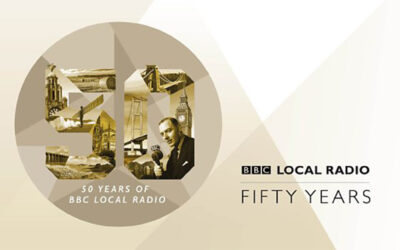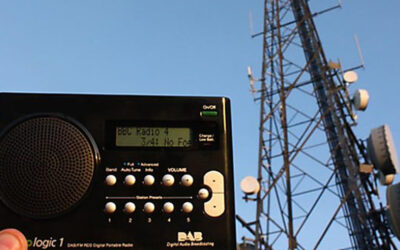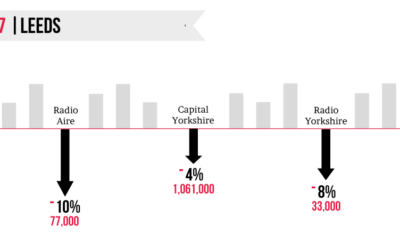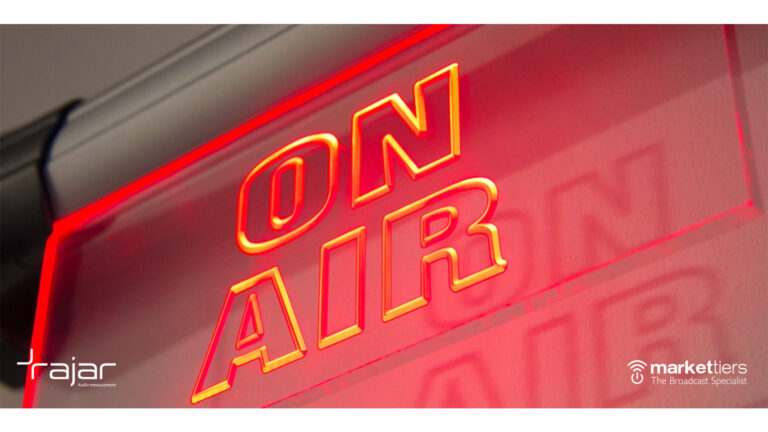This morning, the latest RAJAR figures have been released, showing the performance of radio stations up and down the country. Josh Wheeler, the general manager of Manchester-based broadcast specialist Markettiers analyses the results.
Today is RAJAR day – it is one of our favourite times at markettiers as it provides us with the latest insight on how stations are performing. It means that we can advise our clients where to best reach key and specific audiences across the country.
The figures measure BBC and licensed commercial radio outlets across the country to highlight which stations are performing well with audiences.
RAJAR Ltd (otherwise known as Radio Joint Audience Research) is owned by the BBC and RadioCentre (the trade body which looks after commercial radio stations in the UK).
The figures are the most accurate way of measuring the reach of radio audience penetration – and therefore incredibly significant.
What do the figures show?
The figures show exciting period and confidence within the radio sector. In November, BBC Director General Tony Hall announced that all planned cuts to regional radio were to be reversed.
The BBC announced that in the coming months and years it will instead invest in local radio with the aim of making it even more local and more creative, celebrate local identities and reflect local living across the United Kingdom.
However, BBC Radio Lancashire and BBC Merseyside saw some slight dips in audience share – with Lancashire dropping from 15% to 12% in the region and Merseyside dropping from 19% to 18%.
That said, November saw considerable flooding in Blackpool, and it is likely that many in the region will have tuned into BBC Radio Lancashire to get the latest information on the floods. Hall noted in his speech celebrating the 50th anniversary of local radio that it is in the DNA of our communities – and so vital when times are tough and authentic information needs sharing.
This shift in media consumption behaviour is also demonstrated by the recent Edelman Trust Barometer. The report pointed to a bottoming out of trust in social media channels – but confidence in journalism. 70% admit to being worried about false information (or fake news) being used as a weapon and so are shying away from social outlets for news as they seek authenticity in the “age of rage”.
We are searching for truth and authenticity – and according to the RAJAR figures, we are finding it in local BBC outlets.
In total, 48.9 million of us tuned in each week throughout Q42017 – that is 90% of the entire UK adult population (15+). If we look at the same period in 2016, this is up by 178,000.
On top of this, we are consuming 21.3 hours of live radio each.
It is these type of figures which always makes us surprised when people suggest radio is old school, outdated or redundant.
Radio is proving to be stronger, more trusted and more resilient than ever.
How do the figures stack up in the North?
During this quarter, the North has seen some major winners and some slight losses in reach and listenership. It appears that audiences here are keen to explore new options – and the choice on offer makes switching easy.
The big news of the quarter was that Global is rebranding The Bay and Lakeland Radio to Heart North Lancashire and Smooth Radio Lake District respectively. The move adds a 23rd local station to the Heart network and a seventh station to the Smooth network nationwide.
During the quarter, The Bay (which will become Heart in March) lost 7,000 listeners while Lakeland (Smooth) dipped by 1,000. In the coming months, we will get a sense of the changes that Heart and Smooth will bring to these stations.
BBC Radio 5 Live – broadcast from Media City UK – has had a bumper quarter with 100,000 brand new listeners tuning in each week. The outlet has recently announced a further investment to reach its core audiences – adding three new shows to the line-up and building the presence of Emma Barnett.
It is important to note that BBC Radio 5 Live is seeing great success with their podcasts – which regularly top the iTunes chart. The growing success of this – and others – will see brands and media outlets begin to podcast in their own right.
To give you analysis of the latest figures, we have broken down the data by cities in the North to give the clearest view of what is happening.
Manchester
Key 103 has been boosted by 19,000 additional listeners. Breakfast show presenter, Gemma Atkinson, appeared on BBC’s Strictly Come Dancing. The outlet was smart and hosted regular interviews with her – and her dance partner – to drum up interest. This perhaps represents such a strong rise in the quarter.
Meanwhile, over at BBC Radio Manchester 7,000 fewer listeners tuned but the big loss comes at Capital Manchester who has dipped by 34,000 listeners during the period.
Global, who are settling into their new larger space in Spinningfields, will almost certainly be looking at the growth of Capital Manchester during the previous quarter and we are likely to see changes throughout the next.
Leeds
The largest station, regarding audience reach, in Leeds remains Capital Yorkshire. During the quarter, an additional 4,000 adults tuned in.
Heart Yorkshire has taken a slight dip regarding audience – going from 460,000 to 427,000 throughout the period. BBC Leeds also saw a dip of 4,000 listeners taking it to 176,000 each week.
Liverpool
Key stations in Liverpool has seen both rises and dips over the last quarter. Bauer’s Radio City remains the largest station, with an audience of 377,000. Radio City Talk, also a Bauer, remains firm at 53,000 listeners throughout the quarter. However, Radio City 2 has been the big winner with an increase of 15,000 listeners.
Interestingly, Radio City Talk announced a 24-hour marathon of coverage looking at attitudes towards mental health in the Merseyside region. All programming was shelved in place of presenter Mick Coyle’s awareness-raising session.
The station ran this not only the airwaves – but also across their live feed on Facebook showing that broadcast is much more than simply ‘radio and television’.
BBC Merseyside has also dropped 22,000 listeners throughout the period.
Newcastle
Capital North East remains the largest station in the area with a weekly reach of 470,000 listeners – but this does represent a 15,000 loss from the previous quarter.
Metro Radio, BBC Radio Newcastle and Heart North East have all experienced slight dips in listenership – but are delivering similar audience share.
Why do we tune into local radio?
We firmly believe that it represents, and gives a voice to, everyday people. People buy people – and the sound of a familiar voice who shops where you shop, eats where you eat and who knows your village, town or city like the back of their hand is far more relevant and engaging than a national outlet could ever hope to be. Moreover, it is clear that this is what the figures suggest too.
Regional voices across the country can truly bring a story to life for hundreds of thousands of people in their respective areas and can deliver a more impactful way of engaging with consumers if you are a business trying to secure coverage on their station.
How are we listening?
Digital listening is at an all-time high – with 62% saying we now tune in each week via a digital platform. This is consistent with the latest figures which show DAB ownership is also at its highest too.
60% of radio listening is done at home, almost a quarter in the car at 16% in the office. Over a quarter of us are listening via our mobile phones or tablets. Our consumption habits are evolving – and radio is evolving around that.
Final Thoughts
This quarter saw the huge announcement from the BBC that planned cuts were being reversed and that each station would receive further investment. It will be incredibly interesting to see how this renaissance in local plays out across the North in the coming months. Especially, as audiences lose trust in social media platforms for their news and information.
At its core radio is about companionship – and therefore wields an awful lot of trust and loyalty as a result.
The good news is that the picture is looking strong for the North. On average, the overall audience share, amount of hours listened and ways of listening is on the rise – and is on the rise amongst future generations too.
Almost 24 years ago, markettiers coined the term ‘Radio Day’. We’d gather spokespeople, build a story and save them from having to go on a promotional tour across every station in the country. We’d house them in a studio and by the power of technological magic – would connect.
Over this time, we have seen significant change. From a brand point of view – the Radio Day absolutely delivers in sharing messaging, reaching audiences and changing consumer behaviour.
However, broadcast has evolved beyond this – we now see RAJAR monitoring how many of us follow our local outlets via social media. Therefore, brands engaging on social media should absolutely consider themselves as broadcasters in their own right. Facebook Live (and others) are key examples of this – Radio City Talk are already proving this fact with their mental health marathon. BBC Radio 5 Live is seeing huge success from its podcasts – which isn’t ‘Radio’.
So, whilst I hope you see the power of radio within this article – be sure to contextualise it. This means highlighting the potential of new content formats, from podcasts and social video to live streaming, delivered in partnership with existing media owners, or independently where there is merit a becoming the media owner in your own right.
We look forward to the rest of 2018 in broadcast which is booming here in the North.
Markettiers Manchester is based in Manchester city centre with studios at MediaCityUK.














